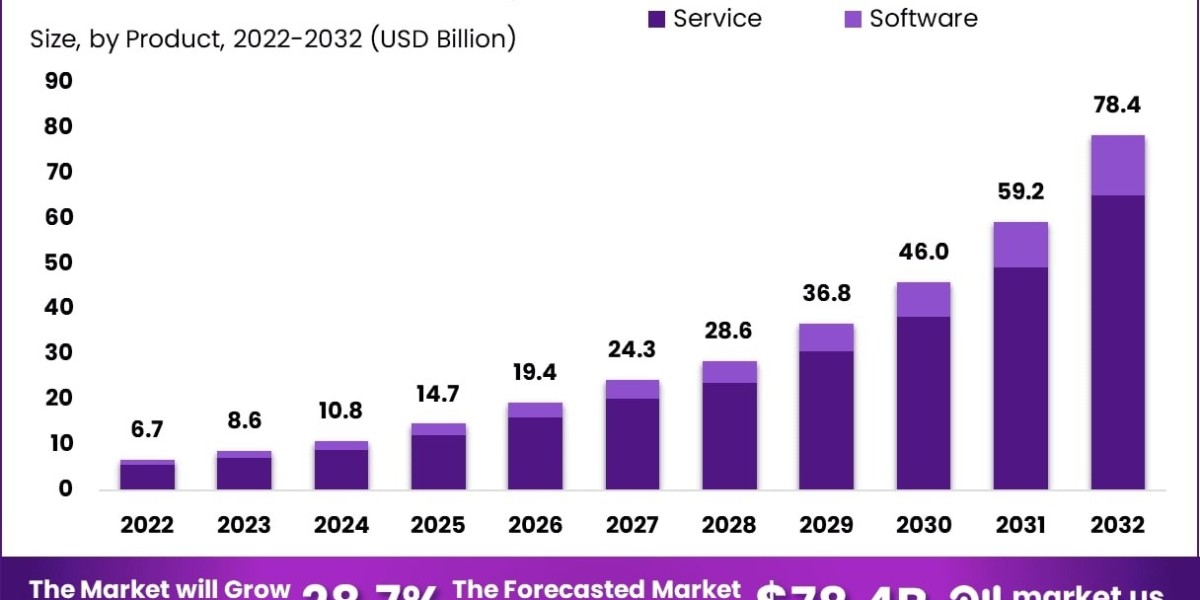Trends in the Market Now Brent crude and WTI benchmarks have seen minor gains amid optimism from global trade talks and easing inflation fears.
However, these gains are tempered by increasing oil supply, particularly from OPEC+, which is gradually reversing earlier production cuts.
To prevent prices from rising too much, key producers are adding hundreds of thousands of barrels to the market each day. Oil Prices Are Affected by Global Factors Trade Agreements: Although recent trade negotiations between China, the EU, and the United States have raised hopes for increased industrial demand, actual consumption continues to be sluggish.
Uncertainty in the economy: The recovery of oil demand is being hampered by slower-than-expected growth in major economies like China. Geopolitical Risks: Tensions in the Middle East, including the possibility of disruptions near the Strait of Hormuz, continue to be a wildcard; however, these risks are not yet priced in. Economic Impact of the GCC UAE: Even if oil prices fall below $70 per barrel, the UAE is expected to maintain its fiscal surplus due to its robust non-oil economy. Saudi Arabia: Faces pressure, as its breakeven oil price is higher. A prolonged period of lower prices may lead to a budget deficit unless spending is adjusted.
Although oil continues to be a major source of revenue, Kuwait, Qatar, and Oman are also adapting through economic diversification and public finance reforms. Budgetary Forecasts GDP Growth: The GCC is expected to grow by more than 3% in 2025, with a stronger performance in non-oil sectors, according to the World Bank. Budget Balances: Countries with diversified portfolios (like the UAE and Qatar) are more resilient, while others may face growing deficits if oil stays below $70 for too long.
Investment Trends: GCC sovereign wealth funds are stepping up foreign and tech-sector investments to hedge against oil volatility.
The Conclusion The Gulf region is entering a new oil reality—marked by modest prices, uncertain demand, and increased pressure to accelerate diversification. While some nations, like the United Arab Emirates, are in a good position, others may need to reconsider spending or push reforms harder. For now, oil at $65–70 offers stability, but not without fiscal challenges.







